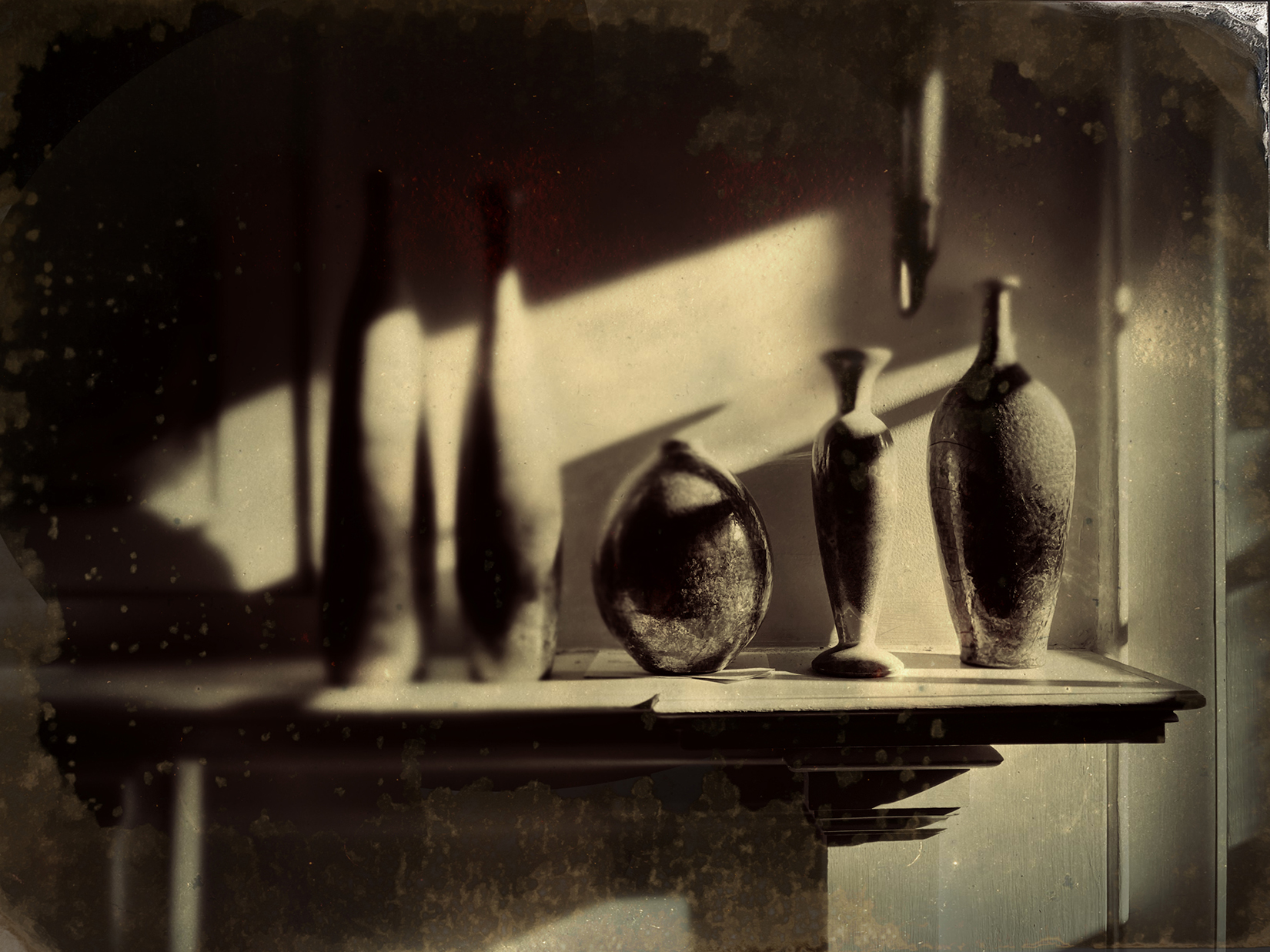TAWA at 45
The Exhibition

Gary Saretzky
Mostly, Raku
archival pigment print, 2022; 11.25″h x 15″w
Gary D. Saretzky (saretzky.com), archivist, educator, and photographer, taught photography and the history of photography at Mercer County Community College from 1977 to 2012 and has served as archivist of Monmouth County from 1994 to 2019. As a photographer, he has produced varied work over more than fifty years. Collections of his photographs of blues musicians are in the Blues Archives at the University of Mississippi and the Trenton Free Public Library. He has self-published two books of his photographs of blues musicians and as a photographer is a member of the Blues Hall of Fame as a photographer. Saretzky has had many exhibits of his photographs, including a 2007 retrospective at the Rider University Art Gallery. He lectures regularly on topics related to the history of photography and operates an online photography bookstore at saretzky.com.
“Photographic history may be viewed as two parallel streams: one the search for ever greater verisimilitude and the other, a deliberate attempt to manipulate the technology-produced image to provide evidence of the artist’s hand. At the outset, Daguerre’s daguerreotype created the illusion of physical reality; magnification just revealed more and more detail. But his contemporary Talbot employed paper negatives that provided softer effects in paper prints. In the 1860s and 1870s, Julia Margaret Cameron employed long exposures and blur to give life to her portraits and genre studies, and in 1889, Peter Henry Emerson in Naturalistic Photography urged photographers to use ‘differential focus’ instead of maximum depth of field to guide the viewer’s response. Pictorialists in the 1890s and early 1900s used many methods, from kicking the tripod during exposure to making highly crafted gum bichromate and oil prints, to escape the tyranny of the precise machine-made image. The period between the world wars was marked by a resurgence of straight photography, exemplified by the West Coast’s F-64 Group and the growth of documentary photography and photojournalism during the Great Depression that extended into the 1950s and beyond. But by the 1970s, artists began to popularize alternative ways of making photo-based images, including Polaroid transfer prints and photolithography, that soon drew the interest of art galleries and museums. By 2000, digital photography began replacing analog, and its steady improvement facilitated technically perfect images. Simultaneously, some photographers sought new ways to manipulate the technology to make it look imperfect or began to go back to 19th century methods, especially collodion. Today, artists have many options, including software that mimics analog effects. My photos were made using an iPhone and printed digitally using Epson Ultrachrome 12 pigmented inks.”
